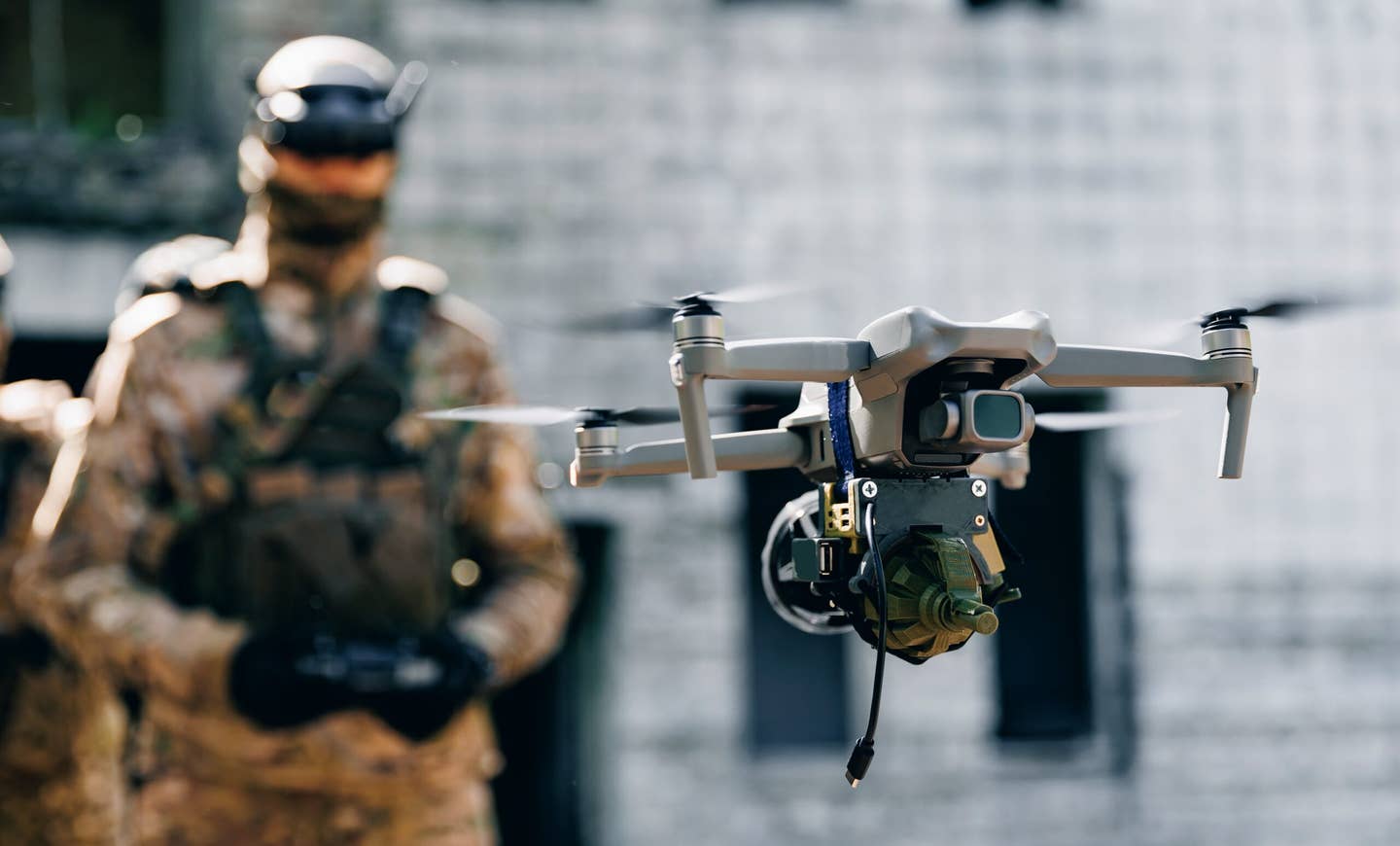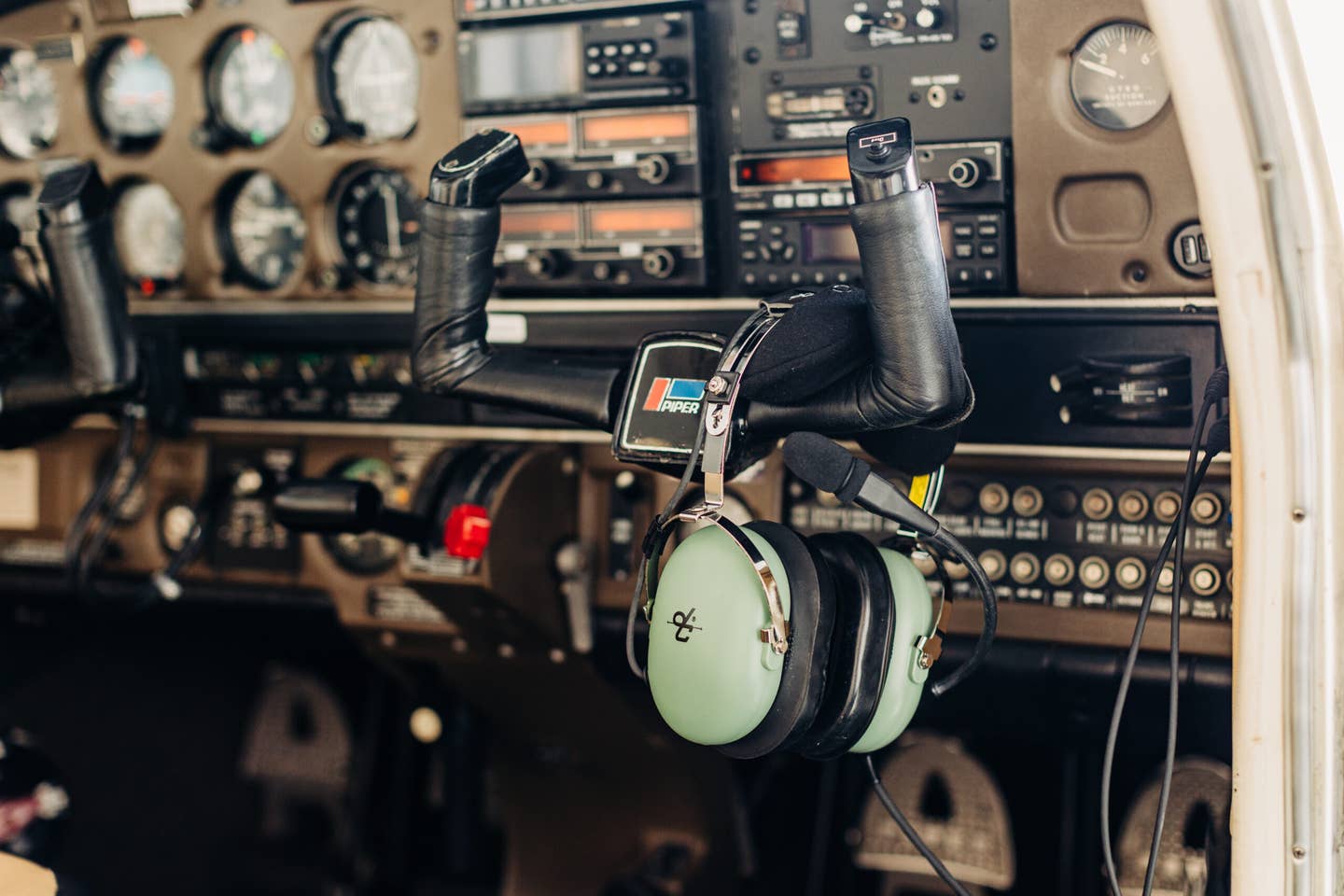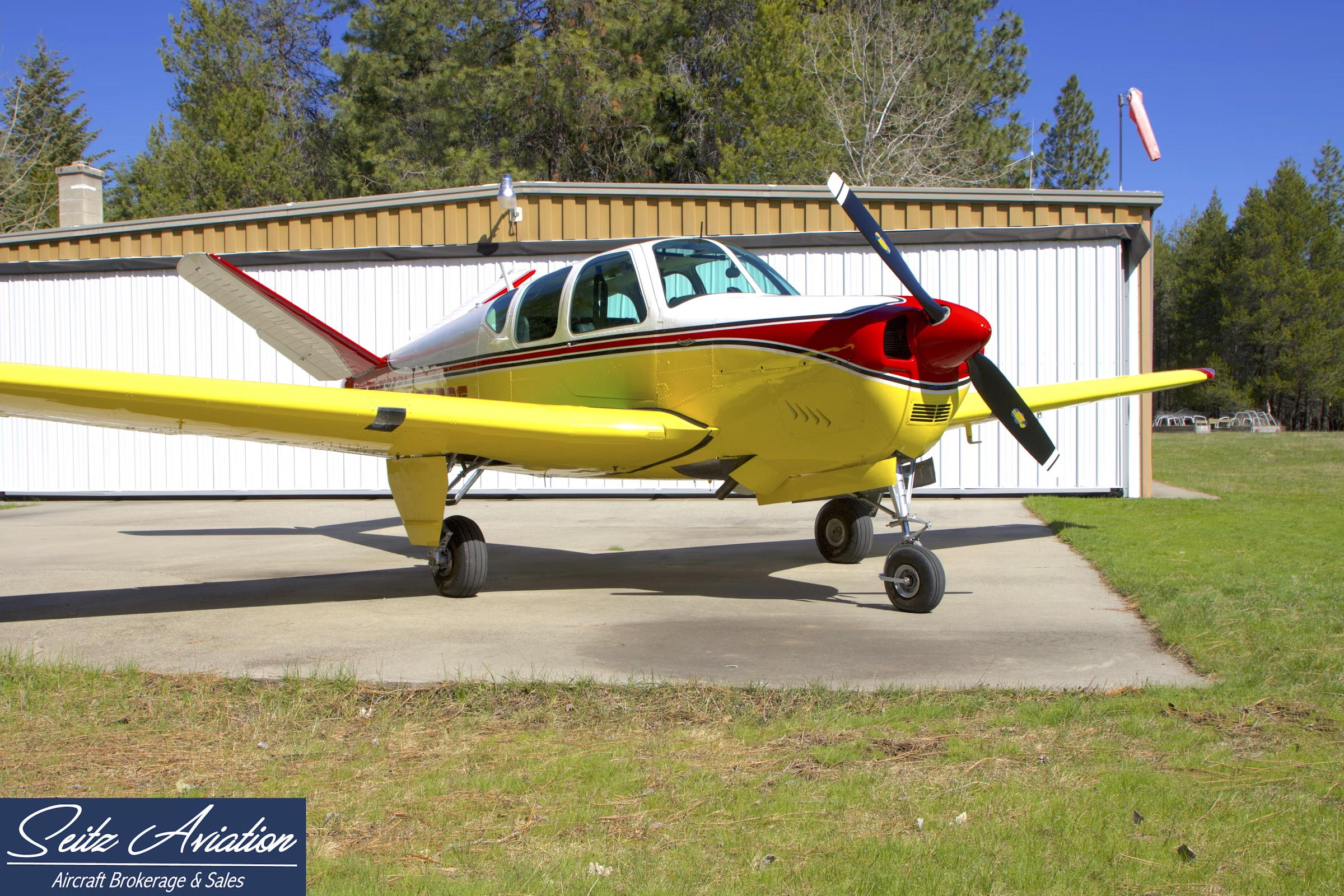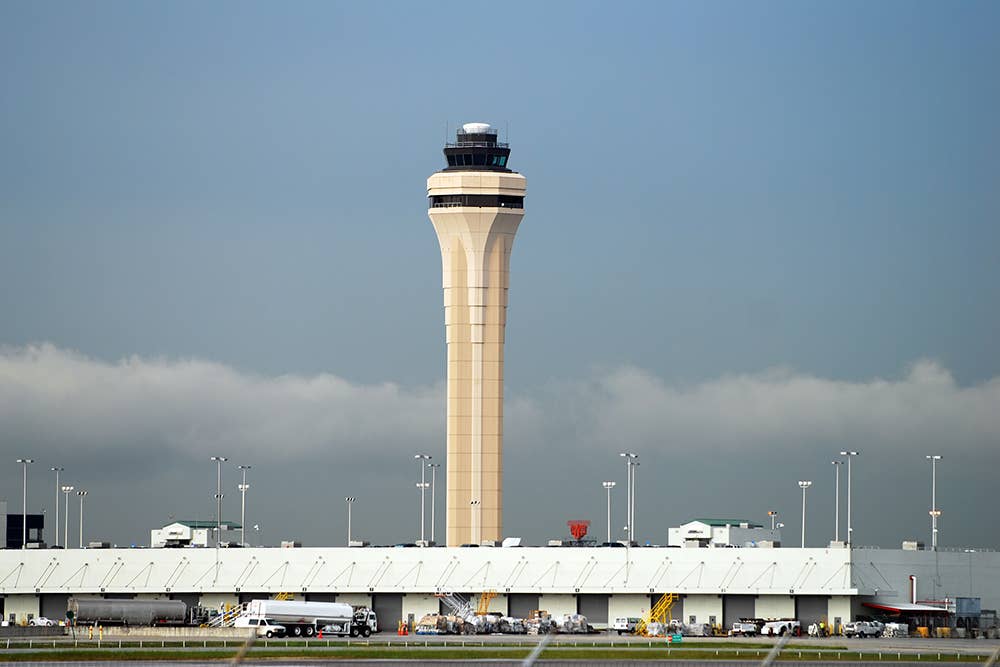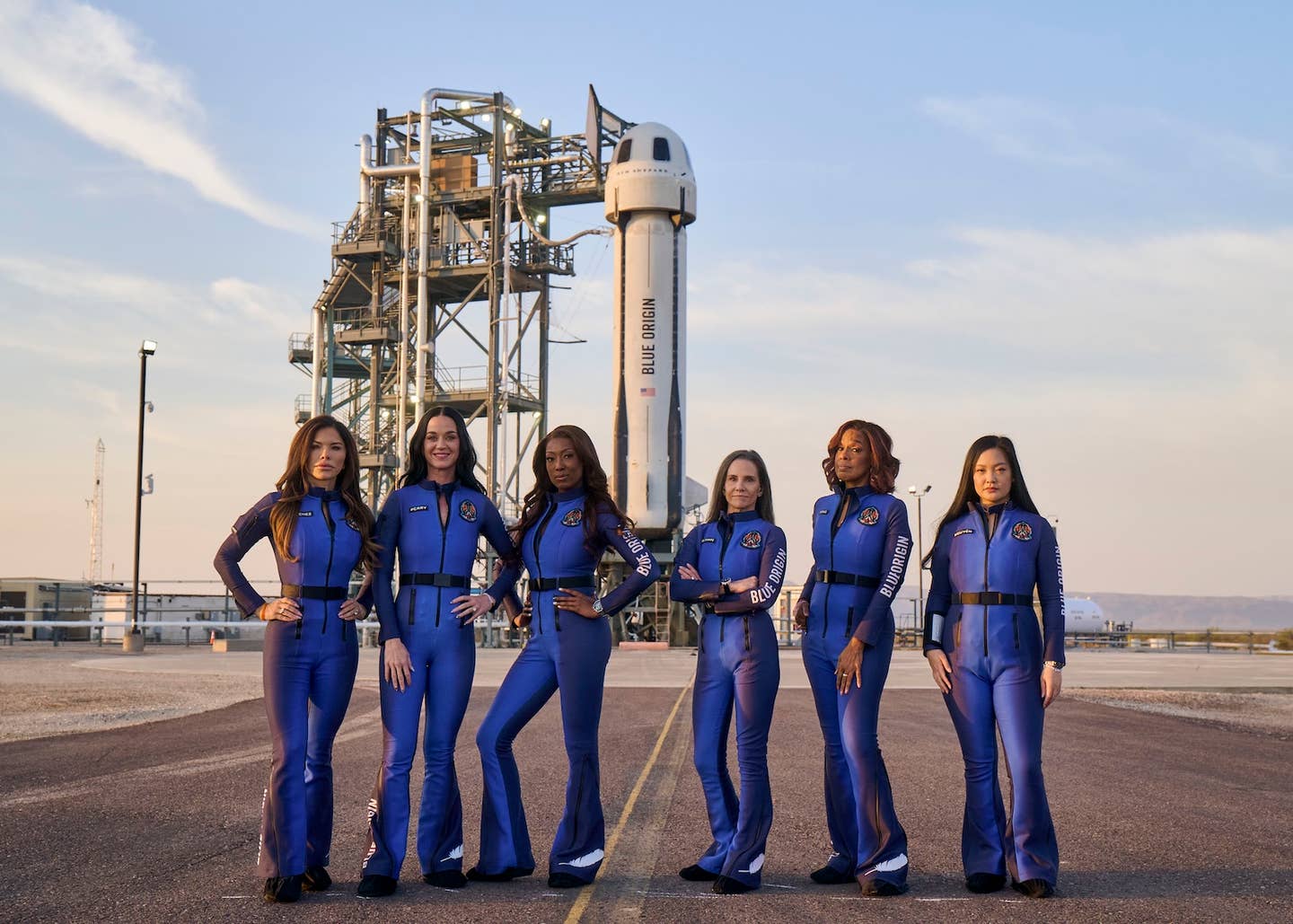Army Enlists Personal eVTOL Manufacturer for Casualty Evacuation
U.S. Army Applications Laboratory asks Lift Aircraft, manufacturer of the ultralight Hexa, to design a system for moving blood and injured personnel.
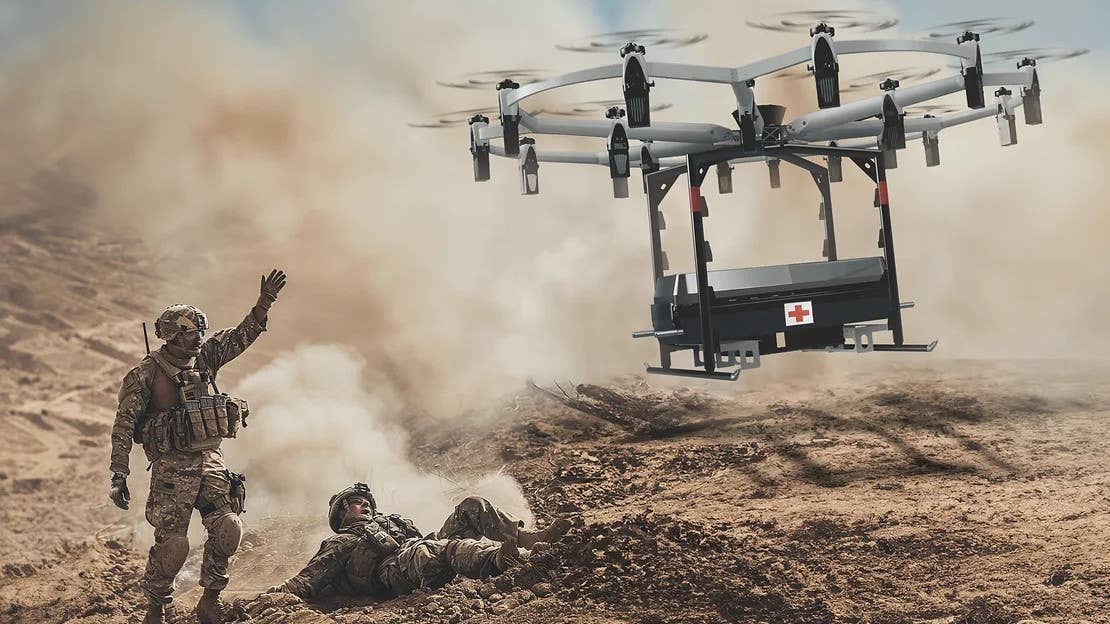
A concept visual illustrates what Lift’s autonomous medical logistics system may look like. [Courtesy: Lift Aircraft]
The manufacturer of a personal electric vertical takeoff and landing (eVTOL) aircraft that requires no pilot certificate to fly has been enlisted by the U.S. Army to build what it believes could be a lifesaving system.
The Army Applications Laboratory (AAL) this week awarded a contract to Austin, Texas-based Lift Aircraft to design a container that can carry blood supply and perform casualty evacuations (CASEVAC). Crucially, the design will need to integrate with self-flying or self-driving vehicles.
“The current practice of relying on crewed vehicles to provide blood resupply and CASEVAC in contested areas has significant challenges,” said Major Rickey Royal, contracting officer with the AAL. “The Army has identified a significant need for a modular, multimission payload capable of climate control and telemedicine that can deploy via an autonomous aerial and/or ground platform.”
According to Lift, the goal will be to deploy the payload system—which will be climate-controlled to stabilize blood temperature and include monitors to track vital signs—as swiftly as possible. It will also need to fit seamlessly with existing military operations.
“Our selection for this project underscores our readiness to expand into broad defense applications,” said Matt Chasen, founder and CEO of Lift. “We are confident that this collaboration will ensure swift, autonomous delivery of blood and evacuation services for casualties, and will ultimately save lives.”
To build the container, Lift is partnering with Near Earth Autonomy, which has produced autonomous medical logistics technology for the Army Combat Medics and Marine Corps. The partners will work to minimize the Army’s reliance on humans during the critical “golden hour,” during which quick medical aid can save a patient’s life.
The contract will culminate in a demonstration of the autonomous medical payload system both in the air and on the ground. The company will use a specially designed version of its Hexa Cargo aircraft, which the Air Force has already tested and flown.
“We plan to develop, test, and demonstrate the system over the next 12 months,” said Sanjiv Singh, CEO of Near Earth. “Lift’s Hexa and Near Earth’s autonomy systems have a strong synergistic fit. We believe that our approach of combining existing, proven systems is the most efficient way to rapidly revolutionize battlefield medical support while minimizing costs and delays.”
According to Lift, the pinwheel-shaped Hexa qualifies as a Part 103 ultralight, which are restricted to an empty weight below 254 pounds and a single occupant, limited to recreational use, and subject to other criteria. That also means it requires neither a tail number nor FAA approval to fly.
As detailed in New York Magazine, Hexa actually surpasses the ultralight weight limit. Lift skirts this by claiming the extra weight comes from safety equipment such as floats, despite that exception being intended for aircraft that primarily operate over water.
The 15-by-15-foot aircraft is controlled using a simple, three-axis joystick aided by a redundant autopilot computer. Pilots also have the option to switch to what Lift calls “Look, mom, no hands!” mode, which uses touchscreen controls.
Hexa can fly in 20-knot winds, medium rain, and temperatures between 0 and 120 degrees Fahrenheit at up to 60 knots. The model’s endurance (10 to 17 minutes) and range (8-15 sm), however, depend on its payload, which maxes out at 250 pounds. Lift comes from 18 electric motors and propellers, but according to the company, only two-thirds of them are needed to land safely on land or water.
Instead of selling Hexa to private owners, Lift is offering a pay-per-flight experience, where customers can receive about one hour of training before flying the aircraft within a restricted zone. The firm is in the midst of its inaugural U.S. tour, which launched in March at Florida’s Lakeland Linder International Airport (KLAL).
According to Lift, several hundred people have flown Hexa, including former Amazon boss Jeff Bezos, CNN’s Anderson Cooper, and ABC News’ Rob Marciano. The company is even looking to bring the experience to the heart of New York City.
In addition, it has allocated five aircraft to be sold to U.S. public safety agencies. Those customers could fly Hexa for firefighting, police, medical, search and rescue, and emergency response under the FAA’s public aircraft operations rules.
Like this story? We think you'll also like the Future of FLYING newsletter sent every Thursday afternoon. Sign up now.

Sign-up for newsletters & special offers!
Get the latest FLYING stories & special offers delivered directly to your inbox

